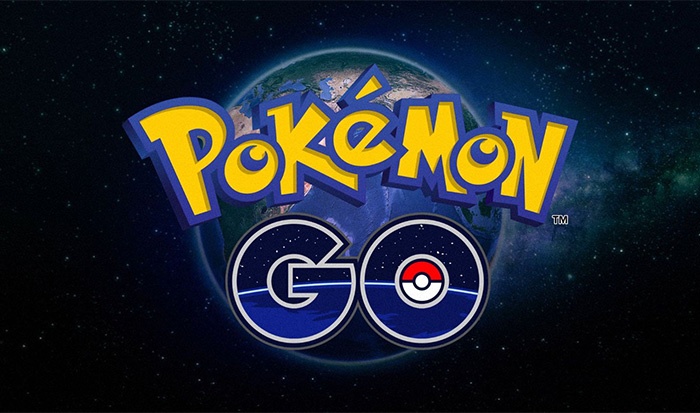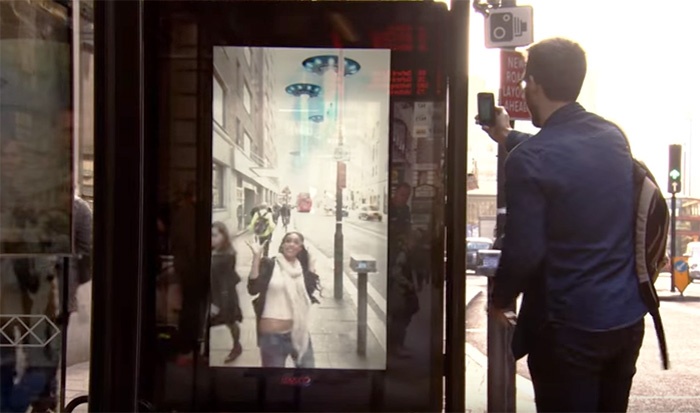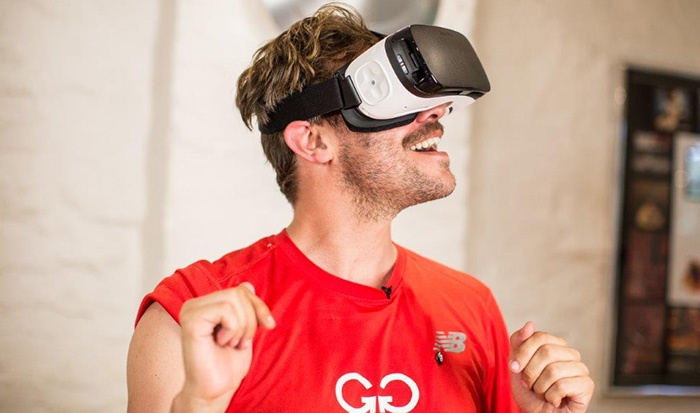Pokémon Go has well and truly thrust augmented reality (AR) technology into the limelight like never before. Clocking up over 75 million downloads since its launch, the free app’s meteoric rise to popularity has been nothing short of incredible.

Even the app’s creator has been surprised by it: reacting to the way in which Pokémon Go has captured the imagination of fans worldwide, John Hanke commented that “it takes 20 years to make an overnight success.”
Launched at just the right time to a very clear target audience, it’s the ‘perfect storm,’ providing a fun shared experience, a topic of conversation, a social currency and the gamification of life – while also tapping into the #FOMO effect that’s so important to achieving cut-through and building brand love with Generation Z.
A world of opportunities
What’s so great about Pokémon Go’s success is the opportunities that it now opens up for brands.
At its heart, the app offers nothing new. It’s using technology that has already proved very successful for many big name brands for a number of years now – it was way back in 2010 that The Museum of London’s Streetmuseum app blended the old with the new to bring history to life, while Pepsi achieved great results with an augmented reality stunt at a bus stop a couple of years ago.

Yet despite this, it’s been successful in winning over legions of fans worldwide and opening many eyes to the possibilities of AR. And for brand marketers, that’s a very good thing indeed.
Tell stories in ways never before possible
It’s easy to see why audiences young and old have been captivated by Pokémon Go – by blending reality with non-reality, it provides a captivating experience and one that many have not encountered before. But it’s through the use of fully-immersive virtual reality (VR) that the greatest stories are destined to be told.
When Madame Tussaud’s unveiled the Ghostbusters Experience in New York, the movie’s original director Ivan Reitman commented that the amazing thing about VR is that “you’re in the middle of it … most story-telling doesn’t have us [the audience] in the centre.”
It’s that feeling of being central to the narrative that makes immersive technologies hugely powerful for brands looking to engage, influence and win over new fans.
Highly emotive experiences
VR allows brands to create completely unique stories and environments, and offer something new. In today’s world, where many consumers value experiences over products, that’s a massively important offering.

Recent research from Westfield London revealed that 41% of UK shoppers are interested in using VR to experience products or services – and that figure is only set to rise as consumers become more comfortable with the technology.
With the likes of Facebook, Google and Microsoft having all made significant investments in VR and AR, and Apple rumoured to have a VR project in the works, the VR market is on the cusp of exploding: it’s estimated that 500 million VR headsets could be sold by 2025.
For brands, immersive technologies provide story-telling opportunities that have never before been possible: the ability to transport audiences back to any point in history, to speed up time, to slow it down, to break the law of physics.

With time, the only restriction will be the creativity of the story-teller.
VR’s unique story-telling capability, combined with CGI film-making, presents incredible chances to present life-like scenarios. It’s this aspect that makes it such an emotive experience, and why charities such as WWF-UK are now using VR to get important messages across.
Pokémon Go’s success will unquestionably lead to more brands embracing the power of VR and AR for story-telling – it’s shown that huge awareness results can be achieved when technology is used to deliver a memorable and magical brand experience.
We’re only just beginning to see the kinds of stories that immersive technologies are capable of telling. With many of the world’s biggest technology heavyweights now firmly invested in VR and AR’s future success, we’re set to see many more recognised brands deliver immersive and realistic experiences to elicit true and valuable emotional responses.
The future of immersive technology
Cutting-edge tech isn’t on its way – it’s already here. To cut through the clutter and confusion, we’ve developed a no-nonsense cheat sheet that lays bare the top pieces of tech and how they work, including VR and AR. Get your copy now.
{{cta(‘7a45994a-87ed-47ce-91ff-bbede047feb6’)}}